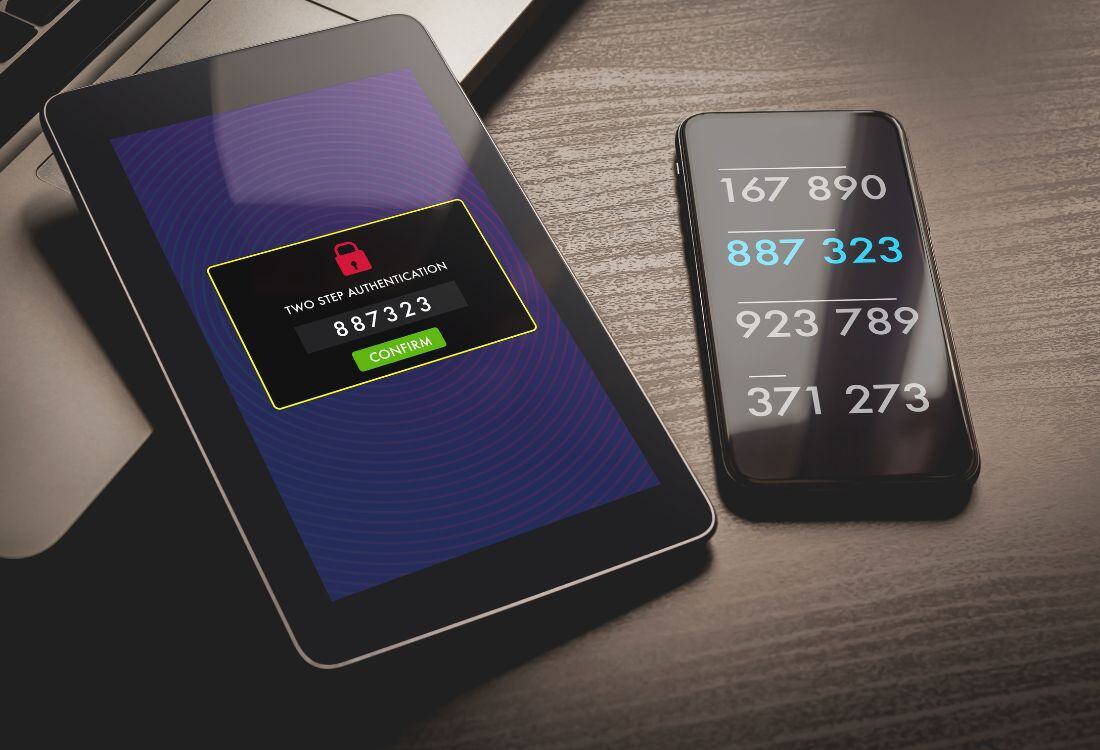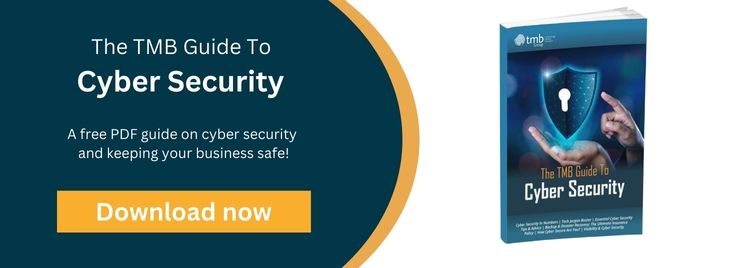Mobile Apps vs. SMS: Choosing the Right Two-Factor Authentication Method
- Alexa Davis
- May 20, 2024
- 12:30 PM
- No Comments
In cybersecurity, the importance of robust security protocols should not be underestimated, especially in the context of disaster recovery. Two-factor authentication (2FA) plays a crucial role in strengthening security measures by requiring two forms of identification to access critical resources. This additional layer of security minimises the risk of unauthorised access and prevents damaging malware attacks, thereby reinforcing a business’s disaster recovery strategies.
So, what is two-factor authentication and how can 2FA mobile apps safeguard your business against criminality?
The Simplicity Of SMS 2FA
Traditionally, SMS-based 2FA has been widely adopted due to its simplicity, ease of use, and accessibility, irrespective of the users’ age or level of IT proficiency. This method relies on the delivery of a one-time password (OTP) via a text message to the user’s mobile phone. Without the code, the user – or anyone else, for that matter – cannot access the resource. No internet connection is required either, so SMS 2FA is suitable for users who are browsing via 4G or 5G, making it an accessible option for a broad user base.
Security Concerns With SMS 2FA
However, despite its simplicity, SMS 2FA is not without its weaknesses. Security concerns in particular, such as SIM swapping and phishing attacks, are significant drawbacks. In SIM swapping, a hacker can remotely gain control of a phone number and receive the OTPs that are intended for the victim, while SMS messages can also be intercepted or redirected, thus impacting the overall security of the 2FA method. These vulnerabilities may pose a significant risk, particularly in scenarios where robust disaster recovery processes are essential.
Advantages of 2FA Mobile Apps
On the other hand, a 2FA mobile app offers enhanced security features. These smartphone applications generate time-based one-time passwords (TOTPs) that are not dependent on network availability. In situations where internet or cellular services are disrupted – a common scenario in disaster recovery situations – the 2FA mobile app remains fully functional. Additionally, these apps provide device independence as they aren’t restricted to a specific phone number or SIM card, which is a crucial advantage in situations where mobile devices might be compromised or inaccessible.
While SMS-based 2FA offers simplicity and ease of use, it falls short in terms of security, particularly in the context of disaster recovery where robust security protocols are non-negotiable. 2FA mobile apps, with their enhanced security features and independence from network and device constraints, are a more secure and reliable option for effective disaster recovery planning.
Build Your Business’s Cyber Resilience
For more information about proactive steps you can take to protect your business from cybercrime, please download the free TMB Guide to Cyber Security or call our experts on 0330 912 9918 for professional advice.
Image Source: Canva



